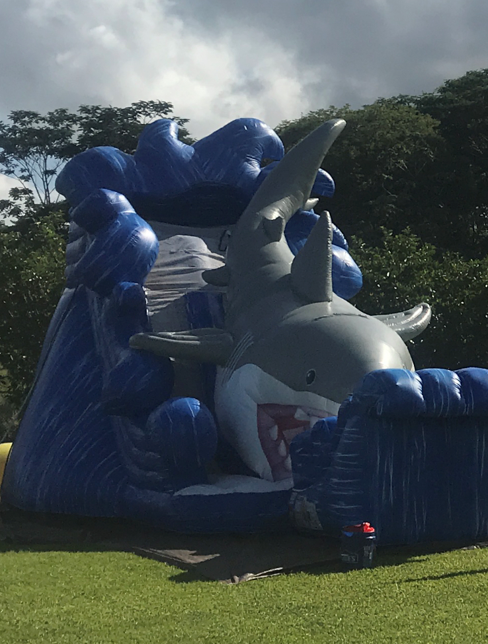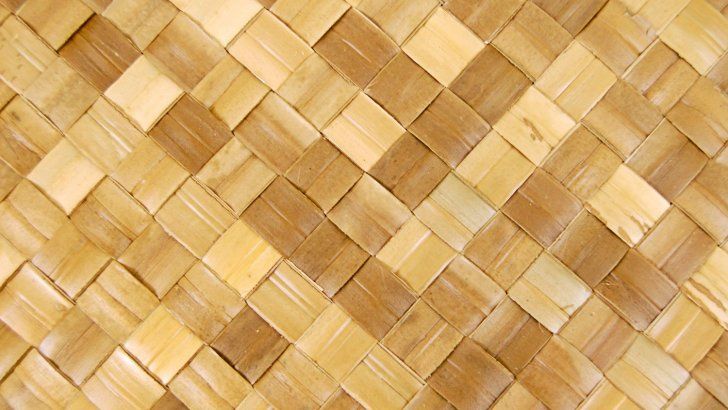Hauʻoli Makahiki Hou
Post published on
Hauʻoli Makahiki Hou (Happy New Year) from us at Laʻiʻōpua 2020. As we begin a new year - we have much to be grateful for. Traditionally in Hawai’i, this time of year marks the end of the Makahiki season - a time of rest, rejuvenation, and celebration during the winter months. In honor of this special season, we wanted to share some fun facts about Makahiki.
Makahiki and the Makaliʻi (Pleiades) Star
The beginning of the Makahiki season was marked by the appearance of the Makali’i star cluster, (or Pleiades) in the eastern night sky after sunset. In Hawaiʻi, Makaliʻi would typically appear in late October or early November, signaling the beginning of the winter season.
Makali’i is a renowned star cluster with significance in many cultures around the world. The star cluster is often referred to as the “Seven Sisters” as it appears to contain seven stars in a cup-like shape when viewed by the naked eye. In reality, it is made up of some 800 stars located about 410 light-years from Earth!
Lono-i-ka-makahiki
Traditionally celebrated from October-February, the Makahiki season honors the god Lono-i-ka-makahiki or Lono. Lono is the god of fertility, agriculture, rain, music, and peace. In Hawaiian mythology, he is one of four major gods - Kū, Lono, Kāne, and Kanaloa.
During the Makahiki season, Hawaiians would cease war and work in order to participate in the festivities and make offerings (hoʻokupu) to Lono. The offerings would typically include the best puaʻa (pigs), kalo (taro), ʻuala (sweet potatoes), hulu (feathers), moena (woven mats), and kapa (Hawaiian barkcloth).
In addition to religious ceremonies, Makahiki was a time for feasting, dancing, and playing games and sports.
Pā’ani Kahiko
There are over one hundred pā’ani kahiko (traditional games) known, a testimony to the true fun-loving and creative nature of the Hawaiian people.
Makahiki games included sports of strength, like Hākōkō (Hawaiian wrestling), games of skill ‘Ō’ō Ihe (spear throwing) and water sports like Lele Pahū (plunging feet first into water to make a big splash), Aho Loa (long breath, or underwater breath holding), and He’e nalu (surfing). There were also games for quiet moods like Kōnane (Hawaiian checkers), Hū (kukui nut top spinning), and Hei (cats cradle).
The End of Makahiki and a New Year
Traditionally, the end of the Makahiki season would be marked by the loading of a tribute canoe (wa‘a ‘auhau) with offerings to Lono. The canoe would then be set adrift in the ocean, to return to Lono’s mystical homeland of Kahiki.
Today, as we move into a new year and out of the Makahiki season, we want to keep a little bit of the Makahiki spirit alive and with us. Make time for rest and rejuvenation. Make offerings and give to others. Seek peace and continue to look for gratitude even in hard times. Most of all, don’t forget to play and enjoy life.
Hau’oli Makahiki Hou from L2020!



